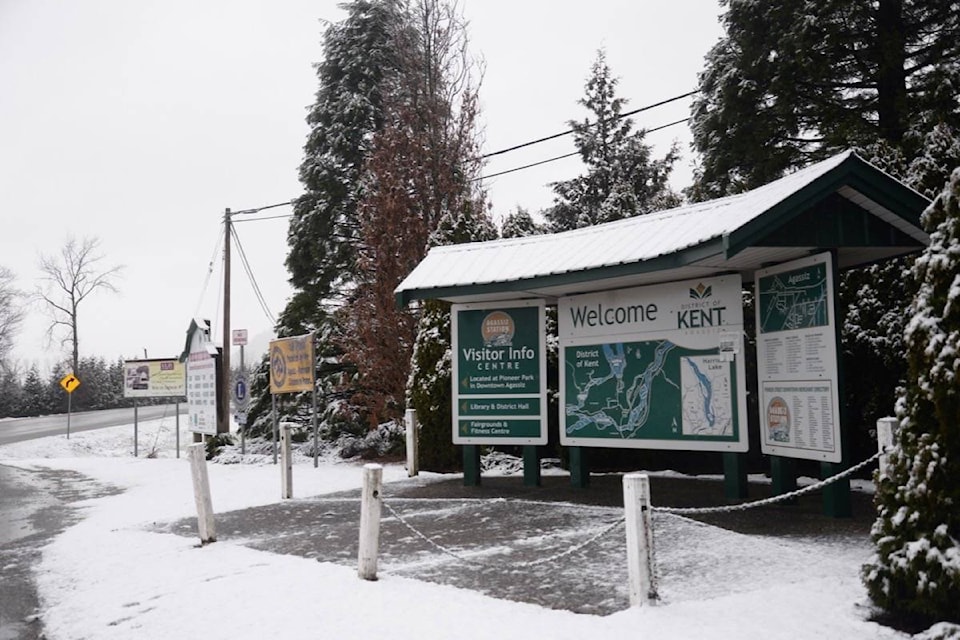The District of Kent passed a motion to participate in the Communities in Bloom program with a project initiative to revitalize the Tea Cup Visitor Kiosk that greets visitors and residents as they enter Agassiz.
Beautification of the kiosk will involve new posts and fencing, signage improvements, fresh paint on the shelter and “planters with bright blooms” to liven up the area.
The district will participate in the program in the “Friends” category, a “non-evaluated involvement” focusing on community engagement and a showcase project.
Mayor John Van Laerhoven supported the district’s participation, saying involvement is “a very positive way to showcase our community and showcase our businesses here…”
Wildfire protection
The District of Kent approved the hiring of an independent contractor to create an updated Community Wildfire Protection Plan (CWPP).
Kent Harrison emergency program coordinator Gerald Basten confirmed that both the Village of Harrison and District of Kent have received funding through the Union of B.C. Municipalities (UBCM) for reports on wildfire risks in “urban interface areas” – the residential areas close to, or within, the forest.
The report will guide the district and village on any changes needed to improve wildfire safety.
“In a nutshell, we’re going to contract a registered professional forester, and he’ll be able to identify all the interface areas, the areas of high hazard through different tree types…” Basten said.
“The report will state the level of dangers – where they are and what we can do to reduce the dangers within the boundaries of the District of Kent as well as the Village of Harrison.”
CWPPs were initiated by the UBCM in 2005 following the devastating 2003 Interior wildfires, and the municipal plans continue to prove vital, especially after last year’s unprecedented fires – one of which burned as close as Harrison Lake.
Basten estimated the report to be complete by summer, within an adopted CWPP in place by the end of 2018.
Controversial bylaw tabled
The review of a bylaw adopted in 1981 on flood control provisions caused some debate among council and staff.
In the early 2000s, the B.C. government made legislative changes impacting the management of land use in flood hazard areas – including granting greater authority to local governments, provided provincial guidelines are taken into consideration.
While B.C.’s flood guidelines are set at 30-metre setbacks, the district can legislate shorter setbacks as long as the watercourse is verified by independent engineering or geoscientist reports to meet particular requirements.
An engineering review completed in 2017 detailed assessments of 11 significant watercourses in the district and recommended 30-metre setbacks for the Cheam Slough, Maria Slough and McCallum Ditch.
With some council members concerned that these recommendations are too restrictive – particularly for buildings on the agricultural properties that typically border these watercourses – the bylaw was tabled, and talk of a second review was briefly mentioned as a possibility for further action, although no final decisions were made.
